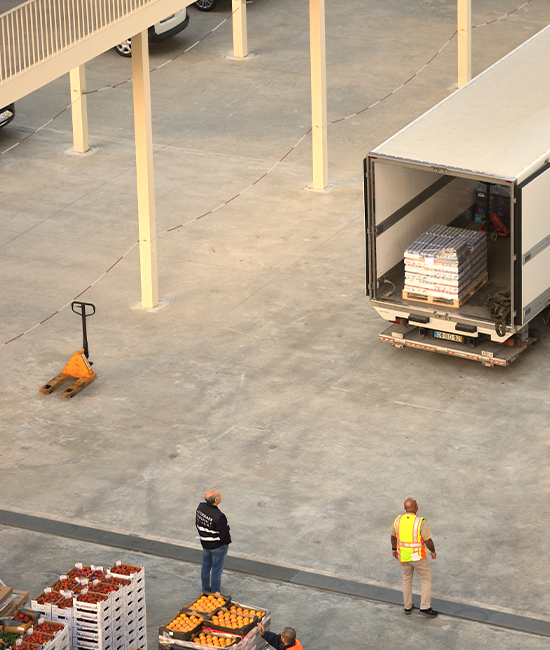Crossing docking is a process of receiving and shipping goods in a way that minimizes both touches and time in storage. In a traditional scenario, the process involves two docks, one for inbound and the other for outbound freight. Goods are received, sorted, and immediately shipped, without leaving the receiving department.
With the increased efficiencies enabled by automated solutions, fulfillment companies increasingly employ cross docking as an efficient means of sorting and routing product to many different destinations, without slotting goods in storage. With cross docking, companies can:
-
- consolidate multiple inbound shipments into a single outbound trailer
- quickly sort similar items onto different vehicles, each with their own destination
- break pallets or cases into smaller units for delivery
At PeakLogix, we’re a brand agnostic material handling systems integrator that specializes in innovative, bespoke automated solutions. By partnering with us, you can increase the consistency and efficiency of your distribution processes, from inbound receiving to outbound shipments and everything in between. We deliver customized solutions tailored to our partner’s needs that address issues ranging from ergonomics and employee safety to fully automated warehousing solutions.


